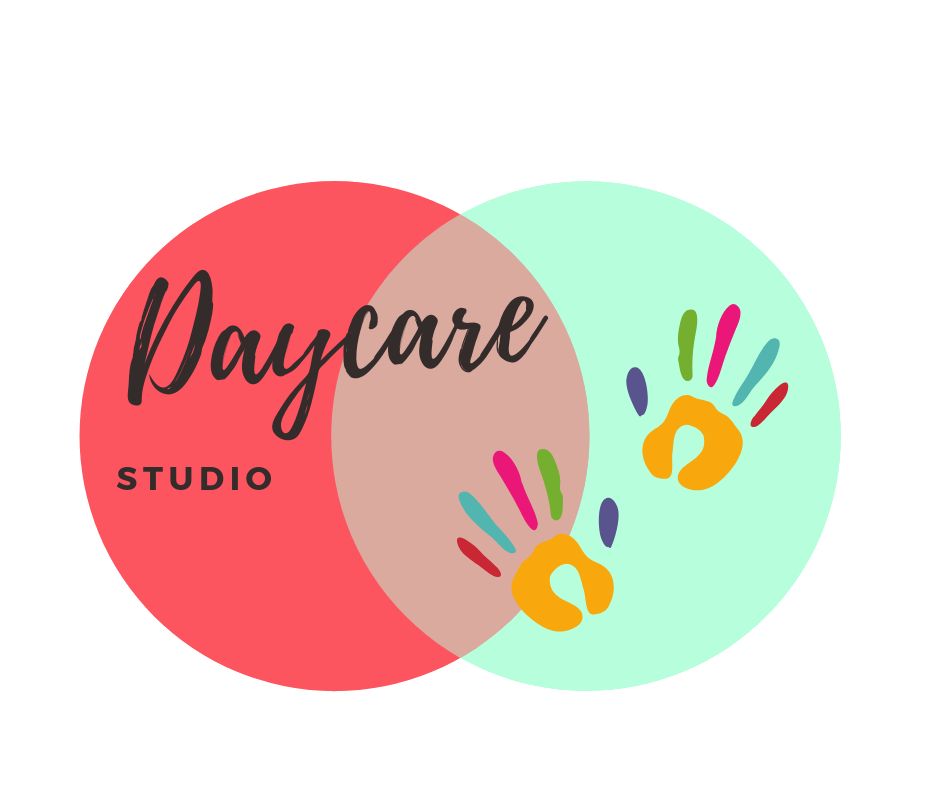Embracing Cultural Diversity in Preschool: 10 Simple Activities to Teach Children About Different Cultures
This post may contain affiliate links, which means I'll receive a commission if you purchase through my link, at no extra cost to you.As childcare providers, we have a wonderful opportunity to introduce young children to the rich tapestry of cultures around the world. Teaching preschoolers about different cultures not only broadens their horizons but also fosters respect and appreciation for diversity.
Before we get started, If you're new to my site, remember to snag my FREE Interview Guide to hiring quality staff for your program before you leave!
Now let's dive into 10 simple activities and ideas to help you bring cultural diversity into your classroom, with some activities that families can participate in as well.
1. World Map and Story Time
Create a large world map display in your classroom. Each week, choose a different country to focus on and read a children's book from or about that country during story time. This visual and interactive approach helps children connect stories to real places on the map.
Family Participation: Invite parents to come in and read a story from their own culture, enriching the experience with personal touches and stories.
2. Cultural Dress-Up Day
Host a cultural dress-up day where children come to school wearing traditional clothes from their family's heritage. This colorful event can be both fun and educational.
Family Participation: Encourage parents to share a bit about their culture's traditional clothing and perhaps bring an extra outfit for a show-and-tell session.
3. Cooking Around the World
Host a "Cooking Around the World" day where you prepare simple, kid-friendly recipes from different countries. This hands-on activity allows children to explore new tastes and learn about food from various cultures.
Family Participation: Invite families to share a favorite traditional recipe and join the class to help prepare it, creating a shared culinary experience.
4. Music and Dance
Introduce children to music and dance from various cultures. Play music and have a dance session where children can learn simple traditional dances.
Family Participation: Ask parents if they can come in and teach a traditional dance or play music from their culture, making it a lively and interactive event.
5. Art Projects
Engage children in art projects inspired by different cultures. For example, they can make African masks, Japanese origami, or Mexican papel picado (cut paper art).
Family Participation: Encourage families to share a traditional craft from their culture and assist in the classroom, enhancing the learning experience.
6. Cultural Show-and-Tell
Organize a special show-and-tell where children bring an item from home that represents their culture. This personal touch helps children feel proud of their heritage and teaches others about different traditions.
Family Participation: Parents can help their children choose and explain the significance of the item they bring, making it a collaborative effort.
7. Language Exploration
Teach children simple greetings and phrases in different languages. Create a "hello" board with greetings in various languages, making it a daily learning point.
Family Participation: Invite parents to come in and teach the children a few words or phrases in their native language, adding authenticity to the lesson.
8. Cultural Celebrations
Celebrate cultural holidays and festivals in your classroom. Learn about the customs, foods, and traditions associated with each celebration, and create a festive atmosphere.
Family Participation: Parents can share stories, decorations, or traditional foods related to the holiday, making the celebration more meaningful.
9. Cultural Puzzles and Games
Incorporate puzzles and games that teach about different cultures, such as world map puzzles, traditional board games, or cultural memory games.
Family Participation: Send home a cultural game or puzzle for families to play together and share their experience with the class, extending the learning beyond the classroom.
10. Pen Pals or Virtual Exchanges
Set up a pen pal program or virtual exchange with a preschool in another country. Children can exchange letters, drawings, or videos, fostering global friendships.
Family Participation: Families can help their children create letters or videos to send to their pen pals, fostering a deeper connection and understanding.
Conclusion:
These activities not only teach children about the diversity of the world but also help create a sense of community and respect for different cultures. Have fun exploring and celebrating the richness of our global heritage!
Here are some other articles packed with valuable content you are sure to enjoy:
10 Ways To Increase Revenue In Your Daycare Business
6 Must-Do’s To Effectively Communicate To Staff
How To Avoid Burnout in Childcare
How To Screen Families For Your Daycare
6 Tips To Ace Your Licensing Inspections
30 Daycare Policies You Need in Your Parent Handbook
Important Daycare Forms You Need For Your Childcare Business
How To Deal With Parents Who Consistently Pay Tuition Late!
Download my FREE Family Screening Guide to select the families right for you.
Download this guide to help you carefully accept the right families and avoid the high-maintenance ones. Includes 13 questions and a Family Information Card for easy follow-up.
Grab my FREE Daily Schedules for Infants, Toddlers, & Preschoolers!
Download 3 PDF schedules designed for each age; Infants, Toddler, and Preschoolers. A Canva link is provided to edit the schedules for your program. It’s absolutely free and only takes 5 seconds!
Download my FREE Daycare Starter Guide to start your own childcare business.
If you don’t know where to start, this guide is perfect for you! Click the button to get instant access. It’s super easy and absolutely free!









